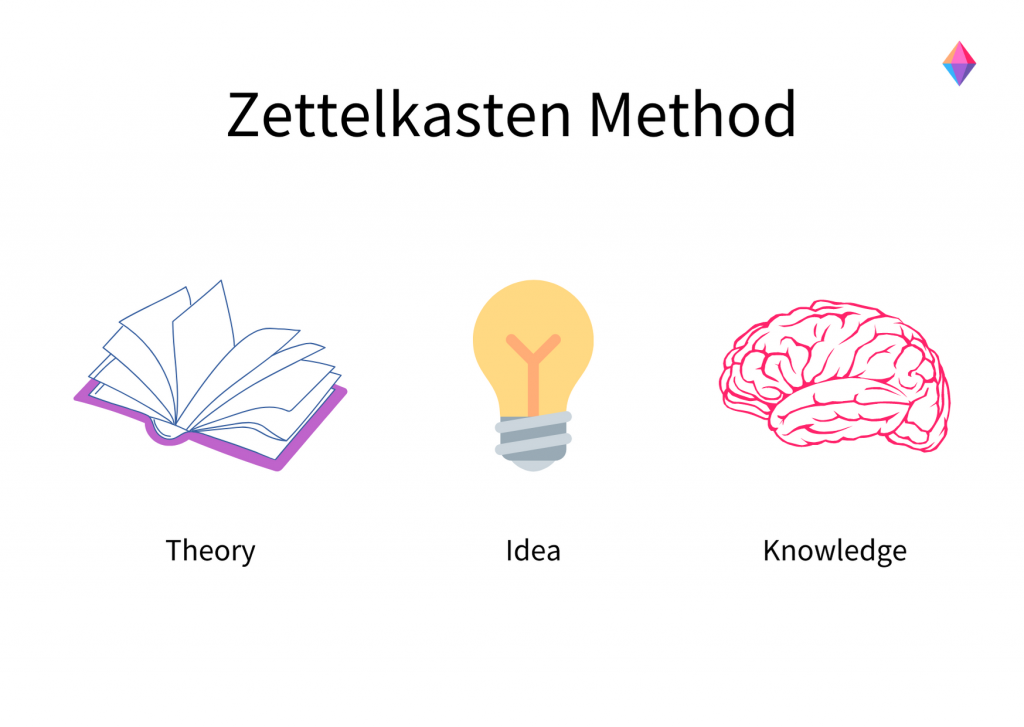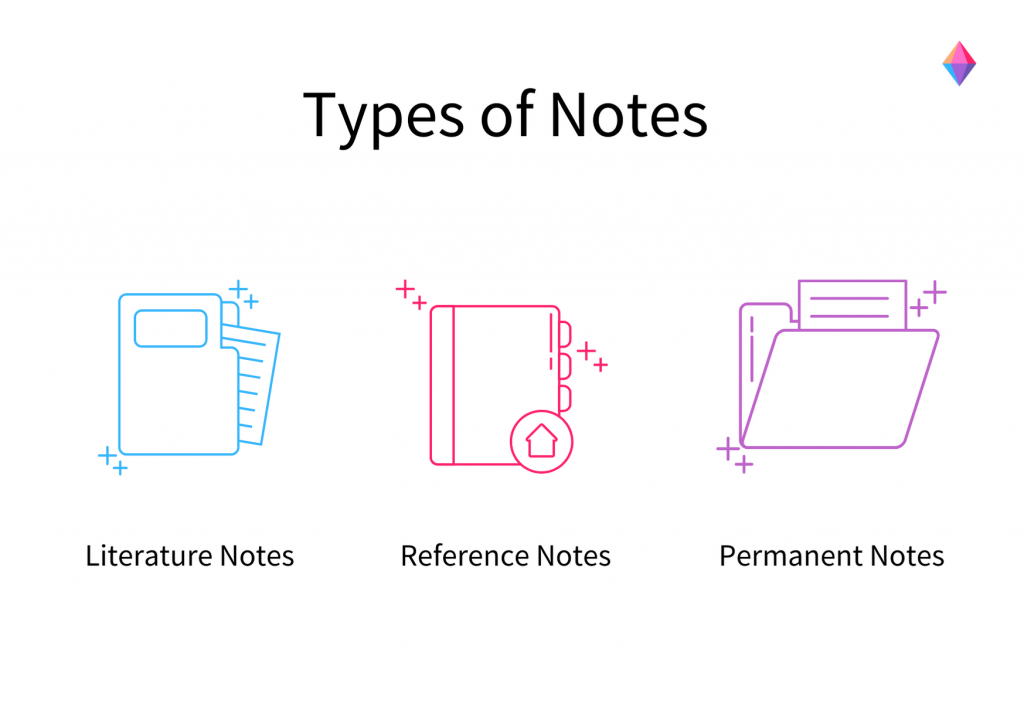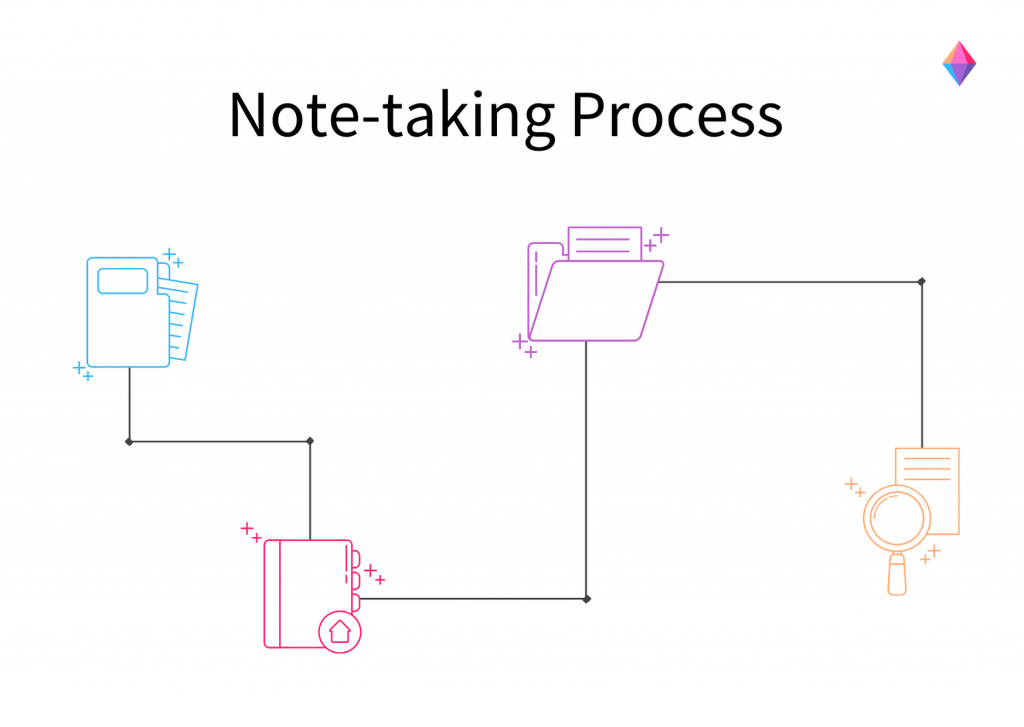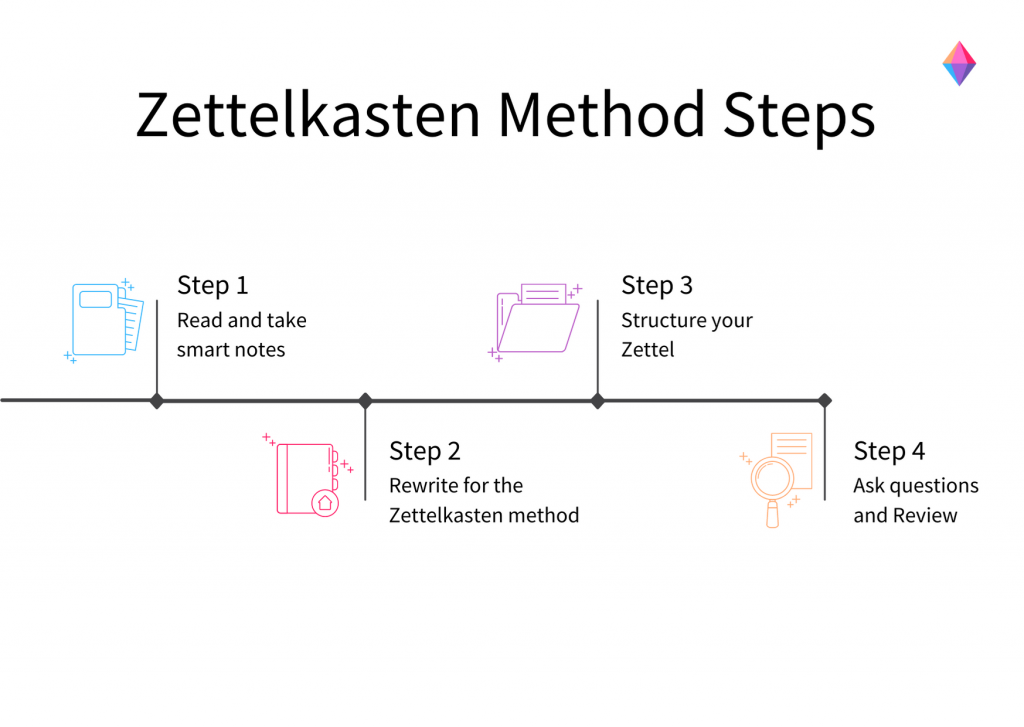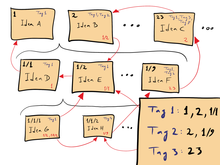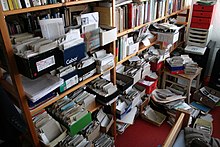여자전 - 한 여자가 한 세상이다
김서령 (지은이)푸른역사2017-03-09초판출간 2007년
252쪽
책소개
한국 현대사를 맨몸으로 헤쳐 온 여자들의 이야기. '내 살아온 사연을 다 풀어놓으면 책 열 권으로도 모자란다'고 흔히 말하는, 역사 속 이름 없는 일곱 여자의 인생 역정을 다루고 있다. 이들은 자신에게 무슨 일이 닥친 지도 모른 채 한국현대사의 복판으로 던져졌다. 해방이 되었지만 그것의 의미를 몰랐고, 전쟁이 일어났지만 누가 누구를 향해 총을 쏘고 있는지도 몰랐다.
피난길에 아버지와 오빠를 찾아 산에 올랐다가 동상으로 발가락이 빠져버린 지리산 빨치산 하나. 배고픔을 면하기 위해 만주에 갔다가 중국 팔로군이 되어 마오쩌둥의 대장정에 참여한 뒤 중공군의 자격으로 한국전쟁에 투입됐던 여자 군인 하나. 가족의 생계를 위해 기차에 올라탔다가 만주에서 일본 군인의 성노예 생활을 하느라 자궁까지 적출당한 위안부 하나….
파란만장한 인생을 겪어야 했던 이들의 애절한 삶 속에는 한국 현대사의 파편이 곳곳에 박혀 있다. 그러나 하나같이 내 인생이 처절했노라고 한숨 쉬고 앉아 있지는 않는다. 자신의 의지와 상관없이 고통 속에 내던져졌지만 두 발로 똑바로 서서 수난의 세월을 헤쳐 나왔다.
자신의 인생을 가꾸고 이웃의 인생에 애정을 베풀며 살아왔다. 그것은 무슨 무슨 이념 때문도 아니고, 거창한 역사의 진보라고 설명할 수도 없다. 오롯이 휴머니즘, 인간애다. 이렇듯 삶에 대한 의지와 긍정, 수난을 털어내는 유머를 껴안고 살아온 일곱 명의 인생행로는 한국 사회가 전쟁과 분단, 가난과 독재를 딛고 발전하는 힘의 바탕이었다.
목차
머리말_꽃으로 문질러 쓴 애달픈 인생 이야기
내가 살아남아 1미터짜리 농어를 잡을 줄 짐작이나 했겠나
지리산 빨치산 할머니 고계연
왜 살아도 살아도 끝이 안 나노
반세기 넘게 홀로 가문을 지켜온 종부 김후웅
내 자궁은 뺏겼지만 천하를 얻었소
일본군위안부 김수해 할머니
죽음의 강 황하를 건너온 소녀
중국 팔로군 출신 기공 연구가 윤금선
종횡무진 욕으로 안기부를 제압하다
문화판의 걸출한 욕쟁이 할머니 박의순
난 기생이다, 황진이다, 혁명적 예술가다
황진이보다 더 치열했던 춤꾼 이선옥
지상에 없는 남자, 그만을 향한 50년
한 달의 인연을 영원으로 간직한 최옥분 할머니
접기
책속에서
첫문장
광주에서 서울로 올라오는 길엔 자귀나무 꽃이 산자락에 줄줄이 늘어서 있었다.
한 사람의 인생의 무게는, 곡절 속을 헤쳐나온 개인의 체험은, 그 나라 역사에 깊이와 부피를 덧얹는다. 개인사의 총합이 곧 역사일 순 없겠지만 역사의 가장 중요한 부분은 전쟁이나 혁명이나 왕조의 흥망이 아니라 개인사 안에 있다고 나는 생각한다. (49쪽) - iamjune
한 사람의 인간을 만드는 것은 무엇일까. 품어 기른 자연일까. 지혜를 준 스승일까. 아니면 만나고 사랑하고 다툰 세상 전체일까. 그는 인간의 삶이 단순히 현생에서 끝나는 건 아니라고 믿는다. (218쪽) - iamjune
P. 7
같은 시대 같은 나라 같은 젠더로 태어났다는 것이야말로 운명을 결정짓는 핵심요소라는 걸. - 함박꽃
한 여자가 한 세상이다
거기 꽃 피고 새 울고 천둥 치고 바람 부니 머지않아 열매 맺을 것이다 - 함박꽃
한 사람의 인생의 무게는, 곡절 속을 헤쳐나온 개인의 체험은 그 나라 역사에 깊이와 부피를 덧얹는다 - 함박꽃
더보기
추천글
김서령은 남의 이야기를 재구성하는 데 특별한 재능을 가진 작가다. 《여자전》에 대해 무엇이든 덧붙이는 글은 너절한 사족이다. 전쟁, 가난, 분단 등 현대사의 진창을 건너오신 그분들의 삶 앞에서 언어는 초라하고 우리는 부끄럽다. 할 수 있는 일이란 그저 그분들의 삶을 몸으로 느끼고, 자생력과 자기치유력을 기억하며, 용기와 지혜를 배울 뿐이다. 이따금 눈물을 찍어내고 한숨을 내쉬면서. - 김형경 (소설가)
한국 근현대사를 ‘수난사’라고 이야기한다. 그런데 김서령 선생이 인터뷰한 파란만장한 운명을 헤쳐 온 여자들의 이야기를 들어보면 수난은 있어도 ‘수난사史’는 없다고 느껴진다. 이데올로기 갈등, 분단, 외세의 침입, 경찰국가의 억압 등의 수난이 닥쳐와도, 이들은 끈질긴 생명력과 자존심으로 고비를 슬기롭게 넘어왔다. 그래서 자신의 인생과 이웃의 인생들을 따스하게 가꾸어나갔다. 그러면서도 인생을 즐기려는 욕망, 유머 감각과 낙관을 결코 잃지 않았다. 이 책을 읽고서야 한국 사회가 분단, 전쟁, 독재를 넘어서 계속 발전할 수 있었던 원동력을 실감하게 되었다. - 박노자 (노르웨이 오슬로대 한국학과 교수)
저자 및 역자소개
김서령 (지은이)
저자파일
신간알리미 신청
칼럼니스트, 안동 출생, 경북대 국문과 졸업. 남의 이야기 듣기를 즐겨 급기야 사람을 만나 이야기 듣는 것을 직업으로 삼게 됐다. 사람이 우주이며 한 인간의 생애 안에 가히 우주의 천변만화가 담겨 있다는 생각에 동의한다. 숱한 사람들을 만났지만 지난 세기 초중반 한국 여자로 태어나 우리 역사의 우여곡절을 온몸으로 밀고 온 분들, 그들의 삶 앞에서 전율의 농도가 가장 컸다. 《외로운 사람끼리 배추적을 먹었다》는 그 감동의 기록이다. 앞서 간 사람의 발자국이 우리들의 가장 훌륭한 교과서가 된다. 과일이 서리를 맞아야 단맛이 돌고 향기를 풍기듯 인생도 고난 속에서 익어간다는 것을 믿는다. 여기 실린 이야기들이 지금 행복한 사람에겐 삶의 확장을, 지금 불행한 사람에겐 삶의 깊이를 줄 수 있었으면 좋겠다. 팔뚝이 잘린 사람 앞에선 손가락이 잘린 고통쯤은 아무것도 아닐 수 있다. 앞 세대가 몸부림치며 살아온 이야기가 뒤 세대의 가슴을 울리기를, 그 울분과 통한이 서로를 연대하고 위안하고 사랑하게 만들기를, 더불어 고통을 뚫고 나와 더 너그럽고 강인해진 분들을 통해 인생의 의미와 가치를 통찰해내기를 희망한다. 한때는 국어교사였다가 신문, 잡지에 칼럼을 쓰기 시작했다. 지금은 사라진 잡지 《샘이 깊은 물》에서 인물 인터뷰의 매력에 눈떠 인터뷰 칼럼을 주로 써왔다. 펴낸 책으로 《김서령의 家》, 《김서령의 이야기가 있는 집》, 《삶은 천천히 태어난다》, 《참외는 참 외롭다》 등이 있다. 2018년 10월, 향년 62세를 일기로 세상을 떠났다. 접기
최근작 : <외로운 사람끼리 배추적을 먹었다>,<여자전>,<참외는 참 외롭다> … 총 12종 (모두보기)
출판사 제공
책소개
엄마가 딸에게, 딸이 엄마에게,
남편이 아내에게, 아내가 남편에게
권하는 여자들의 이야기
삶에 대한 강한 의지와 긍정, 비관을 털어내는 유머, 따뜻한 인간애로
수난의 한국 현대사를 밀치고 나온 일곱 여자의 인생을 만나다!
“현대사의 우여곡절을 이 책에 나오는 할머니들만큼 생생하게 증언하는 얘기들을 나는 이전 어디서도 들은 적이 없다. 이분들의 애처로운 듯 지독한 이야기, 가냘픈 듯 강인한 인생유전은 그간 내 가슴을 여러 번 미어터지게 만들었다. …… 한 여자가 한 세상이다. 거기 꽃 피고 새 울고 천둥 치고 바람 부니 머지않아 열매 맺을 것이다.”_머리말 중에서
-《여자전》은 2007년 출간되어 절판되었다가 10년 만에 개정판으로 출간되었습니다.
왜 지금 우리는 이 여자들의 이야기에 주목하는가(저자의 변)
“나라가 갈갈이 찢기고 있다. 세대 간, 젠더 간, 이념 간 갈등이 너무 크다. 그걸 봉합해줄 이야기가 필요하다. 개인의 역사는 국가의 역사에서 자유로울 수 없다. 지금 우리가 함께 맞닥뜨린 거대변화에 현명하게 대처하려면 역사의 전체 맥락을 짚어볼 필요가 있다. 이 책은 지난 세대가 함께 헤쳐나온 우리 역사의 생생한 속살을 일곱 할머니의 삶을 통해 풀어놓았다.”
“아픈 사람이 너무 많다. 개인의 파편화가 극에 달해 다들 외롭고 허탈하다. 우리에겐 내적 치유가 절실하다. 여기 극한의 고통을 뚫고나온 일곱 분의 삶이 있다. 고통을 뚫고 나와 인간의 품위를 보여준다. 의연하고 대범하게 상대를 품어 안으신다. 이 책은 치유의 힘을 가졌다. 그들이 살아온 이야기를 듣는 것만으로 독자는 심신이 정화될 것이다. 외로움과 허탈이 녹으면서 아픈 부위가 눈물로 풀려 나갈 것이다.”
“이야기에 흥미를 잃은 사람들의 삶은 삭막하다. 그런 이들에게 이 책을 권한다. 원고지 100장 정도의 짧은 이야기 안에 드라마가 난무한다. 사랑이 있고 전쟁이 있고 쫒김이 있고 애통이 있다. 문장은 속도감 있게 읽힌다. 책 읽는 데 익숙지 않은 사람이라도 서너 시간이면 독파할 수 있는 쉬운 책이다. 그러면서 유익한 정보를 군데군데 심어두었다. 건강과 인생과 깨달음에 관한 값진 지혜들이 갈피갈피 숨어 책 읽는 재미를 배가할 것이다.”
역사 속에 던져진 일곱 여자의 이야기
우리는 삶의 크고 작은 토막들을 통틀어 ‘이야기’라고 부른다. 영화도 소설도 노래가사도 역사도 체험도 모조리 이야기라는 말 속에 녹여낸다. 선현들은 그런 이야기를 전傳이라는 형식으로 묶어내기도 했다. 춘향전, 심청전, 흥부전, 박씨전이 그런 것들이다. 이 책 《여자전女子傳, 한 여자가 한 세상이다》는 한국 현대사를 맨몸으로 헤쳐 온 여자들의 이야기다. ‘내 살아온 사연을 다 풀어놓으면 책 열 권으로도 모자란다’고 흔히 말하는, 역사 속 이름 없는 일곱 여자의 인생 역정을 다루고 있다. 이들은 자신에게 무슨 일이 닥친 지도 모른 채 한국 현대사의 복판으로 던져졌다. 해방이 되었지만 그것의 의미를 몰랐고, 전쟁이 일어났지만 누가 누구를 향해 총을 쏘고 있는지도 몰랐다.
피난길에 아버지와 오빠를 찾아 산에 올랐다가 동상으로 발가락이 빠져버린 지리산 빨치산 하나. 배고픔을 면하기 위해 만주에 갔다가 중국 팔로군이 되어 마오쩌둥의 대장정에 참여한 뒤 중공군의 자격으로 한국전쟁에 투입됐던 여자 군인 하나. 가족의 생계를 위해 기차에 올라탔다가 만주에서 일본 군인의 성노예 생활을 하느라 자궁까지 적출당한 위안부 하나. 월북한 좌익 남편을 기다리며 수절한 안동 종부 하나. 50년을 죽은 사람만 쳐다보며 살아온 옛날식 미혼모 하나. 피난지 부산에서 우연히 창문 너머 춤을 배웠던 춤꾼 하나. 전쟁을 참혹하게 겪지는 않았으나 일상 속에서 남성과의 전쟁을 누구 못지않게 가혹하게 치른 미술관 주인 하나.
파란만장한 인생을 겪어야 했던 이들의 애절한 삶 속에는 한국 현대사의 파편이 곳곳에 박혀 있다. 그러나 하나같이 내 인생이 처절했노라고 한숨 쉬고 앉아 있지는 않는다. 자신의 의지와 상관없이 고통 속에 내던져졌지만 두 발로 똑바로 서서 수난의 세월을 헤쳐 나왔다. 빨치산에서 탁월한 세일즈우먼으로, 팔로군에서 의사와 기공수련가로 변신했다. 황진이보다 더 혁명적인 춤꾼, 문화계를 선도하는 걸물, 아이들을 사랑으로 보살피는 유치원 원장이 되었다. 자신의 인생을 가꾸고 이웃의 인생에 애정을 베풀며 살아왔다. 그것은 무슨 무슨 이념 때문도 아니고, 거창한 역사의 진보라고 설명할 수도 없다. 오롯이 휴머니즘, 인간애다. 이렇듯 삶에 대한 의지와 긍정, 수난을 털어내는 유머를 껴안고 살아온 일곱 명의 인생행로는 한국 사회가 전쟁과 분단, 가난과 독재를 딛고 발전하는 힘의 바탕이었다.
“지금 들으러 갑니다!”
지은이 김서령은 인터뷰를 전문적으로 해온 칼럼니스트다. ‘人’터뷰라고 할 만큼 사람 살아가는 이야기를 흡입력 있는 문체로 녹여낸다. 입 밖으로 꺼내기 매우 조심스러운 이야기도 술술 끄집어낼 만큼 인터뷰이와 완벽하게 밀착한다. 감정적으로 서로 통하지 않으면 힘든 작업이다. 가볍게 말해 역사 에세이라고 할 수 있지만 구술사에도 가깝다. 할머니 무릎에 누워 듣는 춘향전, 심청전이 아주 먼 옛날의 동화 속 여자들의 이야기라고 한다면, 그래서 우리에게 권선징악, 해피엔딩의 카타르시스를 선사한다면, 김서령이 무릎과 무릎을 맞대고 듣는 《여자전女子傳》은 우리 시대 여자들이 생존해온 이야기, 그리하여 지금 우리 삶과 우리 주변의 사람을 숙연하게 되돌아보게 만드는 휴머니즘을 느끼게 한다.
역사책에서는 들을 수 없었던 생생한 목소리, 그 흩어진 음성을 찾아 김서령은 서울에서 광주까지 대구에서 안동, 그리고 속초에 이르기까지 반도를 누벼야 했다. 반세기 동안의 이야기를 하룻저녁에 풀어놓기란 불가능하다. 날이 새도록 이야기는 계속되고, 헤어졌다가도 틈만 나면 다시 찾는다. 완전한 감정의 이입. 그의 글에 생동감이 넘치는 이유는 여기에 있다. 마치 독자가 이야기를 직접 듣는 듯, 50년 전 전쟁 속을 헤매는 듯, 살을 에는 바람이 당장에 살 속으로 파고드는 듯, 시간과 공간을 넘어 그 시절 인간의 삶 속으로 우리를 끌어들인다.
소녀들은 이제 ‘역사’가 되었다
빨치산에서 유능한 세일즈우먼으로 변신한 고계연 할머니전傳
고계연 할머니는 한국전쟁 때 헤어진 아버지와 오빠를 찾으러 산에 올랐다가 빨치산이 되었다. 사상이나 인민해방 따위는 애초에 몰랐다. 역사의 소용돌이가 그의 삶을 헤집어놓았다. 지리산에서 토벌대에 쫓기면서도 소녀는 양지쪽에 앉아 수저집에 수를 놓는다. 고계연 할머니가 들려주는 빨치산의 생활은 처절하다. 사상과 이데올로기를 넘어 인간 정신이 실종된 시대다. 토벌대에 붙잡힌 할머니는 수용소 생활을 하면서 발가락을 모두 잃어버린다. 발가락 없는 발이 그날의 유일한 증거품이라고 할머니는 회상한다. 그래도 인생은 깊어갔고 빨치산은 강인했다. 생활전선에 뛰어들었고, 세일즈에서 탁월한 실력을 발휘했다. 빨치산에서 세일즈우먼(하성이불집)으로의 변신. 죽음을 넘나든 할머니의 표정은 의연하고 당차다. 시대를 탓하지도 않는다. 지금은 전 세계를 누비며 낚시에 열중한다. 자신이 이렇게 살아남아 1미터짜리 농어를 낚을 줄 빨치산 동지들이 짐작이나 했겠냐라고 득의에 찬 미소를 지으면서.
북으로 간 남편을 50년간 기다리며 안동 명문가를 홀로 지켜온 김후웅 할머니전
철저하게 가부장적인 가문. 조상에게 올리는 제사가 삶의 중심인 집안. 그리하여 여자들의 몸이 남아나지 않던 시절. 더군다나 남편은 ‘사상’에 물들어 북으로 가버렸다. 안동 명문 유일재 가문을 반세기 넘게 홀로 지켜온 김후웅 할머니의 이야기다. 할머니는 지독한 일벌레다. 일어나서 잠자리에 들 때까지 종가의 생활에 여유는 없고 예법은 지엄했다. 가문이 곧 세계이자 우주인 인생에 조선 땅이 식민지이건 해방이건 큰 의미가 없다. 정말 그것이 뭔지도 모르는 삶이 대다수였을지도 모를 일이다. 그러나 김후웅의 삶도 전쟁을 피해가지는 못했다. 인민군을 따라 북으로 올라간 남편은 50년이 넘도록 돌아오지 않았다. 자신은 죽으면 썩을 몸이라며 한시도 몸을 편하게 두는 적이 없던 할머니가 삶에 애착을 보이기 시작한 건 2003년 금강산에서 남편을 상봉한 직후다. 종종 텔레비전에서 비치는 이산가족 상봉 장면에서 그들이 각자 품어온 이야기, 그 역사가 얼마나 기구했을지 김후웅 할머니의 삶을 통해 엿볼 수 있다. 김후웅 할머니는 통일을 기다리며 종가를 지키다가 2014년 90세의 나이로 삶을 마감했다.
일본군에게 자궁을 빼앗긴 김수해 할머니전
돈을 벌 수 있다는 꾐에 흔들려 기차에 올라탄 열일곱 살의 김수해. 기차가 도착한 곳은 칼바람이 귀를 때리는 중국 목단강시. 1944년 10월이었다. 의무병으로 3년간 전쟁에 참가할 것이니 그동안 잘 싸워달라는 일본군의 명령이 떨어졌다. 그리고 시작되었다. 일본 병사들이 끊임없이 김수해 할머니 몸속으로 들어왔다. 열일곱, 열여섯, 고만고만한 나이의 조선 여자애 20여 명이 있었다. 임신한 소녀는 소리 없이 사라졌다. 그들에게 유일한 위안은 군표. 일본군이 한 번 들어올 때마다 군표 하나씩이다. 나중에 그걸 돈으로 바꿔준다고 했다. 믿지 않았지만 버릴 수도 없는 희망. 지옥 같은 그 삶에서 벗어나고자 김수해 할머니는 탈출을 시도한다. 그러나 밀고자에게 발각돼 할머니의 몸에는 불에 달군 인두가 달라붙었다. 옷을 벗어 보이는 할머니의 몸 구석구석에는 아직도 그 흔적이 선연하다. 그러다 덜컥 임신을 했다. 병원에서 아이를 지웠고 다시 일본군을 상대해야 했다. 그때 자궁을 아예 도려냈다는 사실을 안 건 시간이 한참 지나 결혼하고 아이를 기다리는 과정에서였다.
죽음의 강 황하를 건너와 세상의 막힌 기氣를 뚫는 윤금선 할머니전
윤금선 할머니는 중국 팔로군 출신이다. 우리 땅도 아닌 곳에서 생사를 넘나드는 전쟁을 7년 동안 치렀다. 배고픔을 면하기 위해 만주에 갔다가 그렇게 역사의 파고에 휩쓸렸다. 그는 간호병이었다. 인민군대를 따라 중국 대륙을 누벼야 했다. 부상병은 날로 늘었다. 자신의 피를 뽑아 헌혈하는 일이 다반사였다. 죽음의 강 황하를 건너다 죽은 동료들이 숱했다. 부상병을 엎고 뛰는데 부상병 등으로 총알이 와서 박히는 아찔한 순간도 맞는다. 중국 내전은 끝났지만 전쟁은 끝나지 않았다. 이제는 한국전쟁에 투입이다. 중공군의 인해전술과 1.4후퇴, 유엔군 참전과 서울수복 등을 윤금선은 온몸으로 겪는다. 꽃다운 나이는 전쟁으로 붉게 물들었다. 일흔이 되어 한국으로 돌아온 윤금선은 중국에서 배운 기공술을 전파하는 사람이 된다.
종횡무진 욕으로 안기부를 제압한 욕쟁이 할머니 박의순전
대학로 문화판에서 욕쟁이 할머니로 이름 날린 바탕골예술관 박의순의 욕은 통렬하다. 숨이 턱턱 막히는 독재 정부 시절, 안기부를 향해 기성 권력을 향해 감자를 먹이는 여자였다. 1987년 민주화 투쟁이 절정에 달했을 때 박종철, 이한열 학생이 어이없게 죽어가자, 그들의 원한을 풀어주는 한바탕을 굿을 벌인다. 그냥 큰소리치면서 ‘지랄’ 떨고 싶었다는 박의순은 청와대, 안기부와 경찰의 압력과 사찰을 수시로 받아야 했다. 이것이 이른바 9일장 사건. 끝내 9일장은 성황리에 치러졌다. 그 뒤 박의순은 문화계의 걸물로 떠오른다. 솔직하고 적극적이고 위선을 싫어하고 거침없는 기질이 그를 욕쟁이로 만들었다.
황진이보다 더 치열하게 산 춤꾼 이선옥전
한국전쟁 피난지에서 목격한 전설의 춤꾼 이매방의 살풀이를 본 뒤 이선옥은 황진이를 꿈꿨다. 창문 너머로 이매방의 춤을 너울너울 따라 추었고, 오빠들에게 종아리를 맞아가면서도 그의 춤은 멈추지 않았다. ‘나는 황진이다’, ‘혁명적 예술가다’라고 선언한 이선옥은 춤의 고수들을 찾아 나선다. 그 소녀가 기어이 미국 땅에 발을 디딘다. 전 세계 예술가들의 꿈의 무대라는 뉴욕에서 선무禪舞, 즉 춤이 선이고 선이 곧 춤인 퍼포먼스를 펼쳐 보인다.
지상에 없는 남자를 50년간 지켜온 최옥분 할머니전
최옥분 할머니는 50년간 미혼모로 살아왔다. 모든 이야기는 전쟁에서 시작한다. 분명 한국전쟁은 숱한 민중에게 치유될 수 없는 트라우마로 작용했다. 피난길에서 마주친 공포의 장면을 잊지 못해 낙산사 근처에서 보육원 활동을 하고 있을 무렵, 당시 문단의 기린아 김종후를 만난다. 그는 전쟁을 피해 남쪽으로 피난 왔다가 결국 38선을 넘지 못하고 낙산사로 흘러들었다. 두 사람의 만남은 어쩌면 전쟁 덕이고, 평생의 이별도 결국 전쟁 탓이었다.
속세를 떠나 승려의 길로 들어선 김종후 앞에 최옥분이 나타났고, 김종후는 결국 승려의 길을 버리고 사랑을 택한다. 그런 김종후가 한 달 만에 사고로 죽고 최옥분은 50년이 넘게 사별한 남편의 무덤을 지키며 남은 딸을 키우며 살아간다. 남편의 고향이 가까운 속초에서 유치원을 경영하며. 접기







